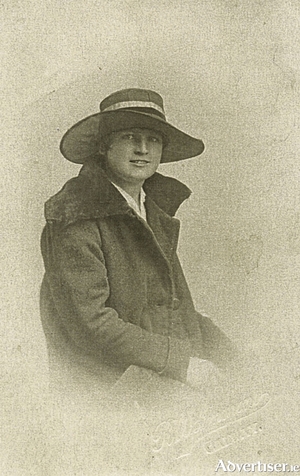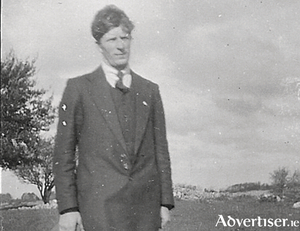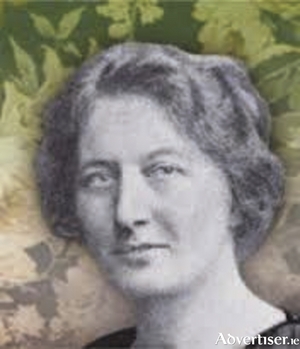Search Results for 'Bureau of Military History'
4 results found.
‘No time for fainting’

‘The small girl smiles. One eyelid flickers. She whips a pistol from her knickers. She aims it at the creature’s head. And bang bang bang, she shoots him dead.’
Galway in the weeks leading up to the Rising

On Tuesday 25 April 1916, Galway became the only county outside of Leinster to take up arms against the British state during the Easter Rising. In fact, only three parts of provincial Ireland participated in the Rising: Enniscorthy in county Wexford; Ashbourne in north county Dublin; and county Galway, where several hundred rebels took over 600 square miles of the east of the county between Tuesday 25 April and Saturday 29 April. Commemorative documentaries and history books pay little attention to the Galway Rising with the focus tending to be on the more dramatic events that took place in Dublin, but Galway’s Rising was an important part of the story of the Easter Rising; and the story of the hundreds of brave Galway men who stood up to the British Empire in April 1916 deserves to be told in detail. In this series of five articles, FERGUS CAMPBELL will explain why Galway rose when so many other parts of provincial Ireland did not, and he will also tell the story of what happened in Galway during the Rising, and the impact that the Rising had on Galway society. This account is based on many documents, police reports, newspaper accounts and memoirs but most of the quotations are derived from the witness statements that Galway rebels made to the Bureau of Military History during the 1940s and 1950s, and these can be read online.
1916 - 1922 A time of courage, and divided loyalties
I have written before about a terrifying night in Galway when the Black and Tans went berserk following an incident at Galway railway station on September 8 1920. A drunken Tan, Edward Krumm, confronted the crowd of passengers as they emerged from the train. He produced a pistol and began to fire into the air, causing widespread panic. Séan Mulvoy jumped on his back but Krumm managed to shoot him as they fell to the ground. In turn a man stepped from the crowd and shot Krumm dead.
Dáil Eireann - ‘The only Government that I recognise’

Following the throwing out of the so called Galway Resolution in December 1920, by which some Galway county councilors attempted to reject the authority of the newly elected Dáil, to rescind the process of passing on the rates' revenues to the Dáil (rather than to the British authorities); and to absurdly propose to bring the War of Independence to a close by directly offering to negotiate with the British prime minster David Lloyd George, the council'c vice-chairman, Alice Cashel, was arrested almost immediately.

